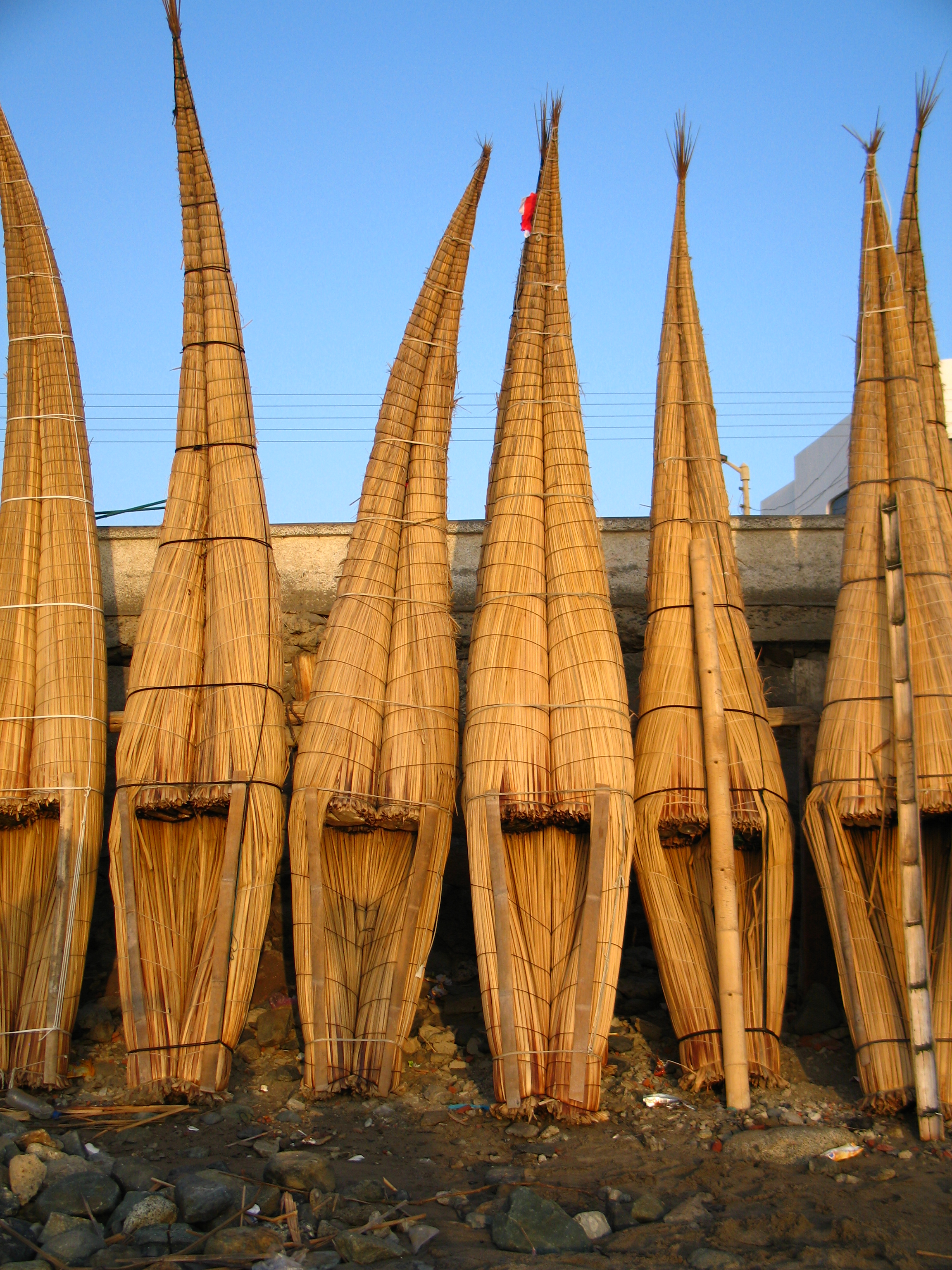Scirpus Californicus on:
[Wikipedia]
[Google]
[Amazon]
''Schoeneoplectus californicus'' is a species of
/ref> It has tall, thin, dark green stems which are usually triangular in cross-section and woolly, bristly tan or brown flowers in panicle inflorescences.
 A notable
A notable
USDA Plants Profile
Jepson Manual Treatment
Photos
californicus Freshwater plants Flora of the United States Flora of Mexico Flora of Central America Flora of Southern America Flora of Easter Island Flora of the Falkland Islands Plants described in 1830 {{Cyperaceae-stub
sedge
The Cyperaceae () are a family of graminoid (grass-like), monocotyledonous flowering plants known as wikt:sedge, sedges. The family (biology), family is large; botanists have species description, described some 5,500 known species in about 90 ...
known by the common names California bulrush, southern bulrush and giant bulrush. It is also sometimes called "tule", but the closely related '' Schoenoplectus acutus'' is the species most often referred to by that name.
Description
''Schoenoplectus californicus'' is arhizome
In botany and dendrology, a rhizome ( ) is a modified subterranean plant stem that sends out roots and Shoot (botany), shoots from its Node (botany), nodes. Rhizomes are also called creeping rootstalks or just rootstalks. Rhizomes develop from ...
d water plant found in marshy areas. It is native to the southern and western United States
The United States of America (USA), also known as the United States (U.S.) or America, is a country primarily located in North America. It is a federal republic of 50 U.S. state, states and a federal capital district, Washington, D.C. The 48 ...
as well as Mexico
Mexico, officially the United Mexican States, is a country in North America. It is the northernmost country in Latin America, and borders the United States to the north, and Guatemala and Belize to the southeast; while having maritime boundar ...
, Central America
Central America is a subregion of North America. Its political boundaries are defined as bordering Mexico to the north, Colombia to the southeast, the Caribbean to the east, and the Pacific Ocean to the southwest. Central America is usually ...
, South America
South America is a continent entirely in the Western Hemisphere and mostly in the Southern Hemisphere, with a considerably smaller portion in the Northern Hemisphere. It can also be described as the southern Subregion#Americas, subregion o ...
, Easter Island
Easter Island (, ; , ) is an island and special territory of Chile in the southeastern Pacific Ocean, at the southeasternmost point of the Polynesian Triangle in Oceania. The island is renowned for its nearly 1,000 extant monumental statues, ...
, and the Falkland Islands
The Falkland Islands (; ), commonly referred to as The Falklands, is an archipelago in the South Atlantic Ocean on the Patagonian Shelf. The principal islands are about east of South America's southern Patagonian coast and from Cape Dub ...
. It is naturalized on some Pacific islands
The Pacific islands are a group of islands in the Pacific Ocean. They are further categorized into three major island groups: Melanesia, Micronesia, and Polynesia. Depending on the context, the term ''Pacific Islands'' may refer to one of several ...
including New Zealand
New Zealand () is an island country in the southwestern Pacific Ocean. It consists of two main landmasses—the North Island () and the South Island ()—and List of islands of New Zealand, over 600 smaller islands. It is the List of isla ...
, Hawaii
Hawaii ( ; ) is an island U.S. state, state of the United States, in the Pacific Ocean about southwest of the U.S. mainland. One of the two Non-contiguous United States, non-contiguous U.S. states (along with Alaska), it is the only sta ...
and the Cook Islands
The Cook Islands is an island country in Polynesia, part of Oceania in the South Pacific Ocean. It consists of 15 islands whose total land area is approximately . The Cook Islands' Exclusive Economic Zone (EEZ) covers of ocean. Avarua is its ...
.Kew World Checklist of Selected Plant Families/ref> It has tall, thin, dark green stems which are usually triangular in cross-section and woolly, bristly tan or brown flowers in panicle inflorescences.

Uses
 A notable
A notable subspecies
In Taxonomy (biology), biological classification, subspecies (: subspecies) is a rank below species, used for populations that live in different areas and vary in size, shape, or other physical characteristics (Morphology (biology), morpholog ...
is the totora, ''Schoenoplectus californicus'' subsp. ''tatora''. This is famous for making up the floating islands on which the Uros
The Uru or Uros () are an indigenous people of Bolivia and Peru. They live on a still-growing group of about 120 self-fashioned floating islands in Lake Titicaca near Puno. They form three main groups: the Uru-Chipaya, Uru-Murato, and Uru ...
people of Lake Titicaca
Lake Titicaca (; ; ) is a large freshwater lake in the Andes mountains on the border of Bolivia and Peru. It is often called the highest navigable lake in the world. Titicaca is the largest lake in South America, both in terms of the volume of ...
dwell, as well as occurring on isolated Easter Island
Easter Island (, ; , ) is an island and special territory of Chile in the southeastern Pacific Ocean, at the southeasternmost point of the Polynesian Triangle in Oceania. The island is renowned for its nearly 1,000 extant monumental statues, ...
in the Pacific.
Boats have also been made from this plant by many cultures, including the Caballito de totora in Peru for over 3,000 years. The plants are still farmed in wetlands next to the sea for the boats, and there is also an ecological reserve that specifically protects these sedge farms called the Swamps of Huanchaco.
References
External links
USDA Plants Profile
Jepson Manual Treatment
Photos
californicus Freshwater plants Flora of the United States Flora of Mexico Flora of Central America Flora of Southern America Flora of Easter Island Flora of the Falkland Islands Plants described in 1830 {{Cyperaceae-stub